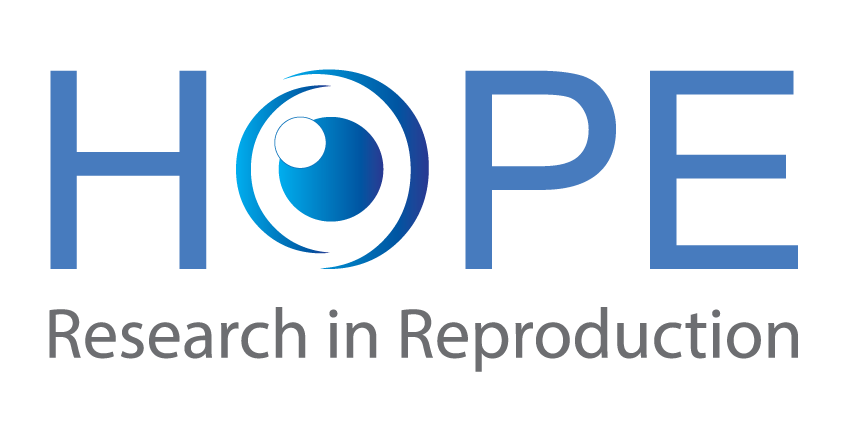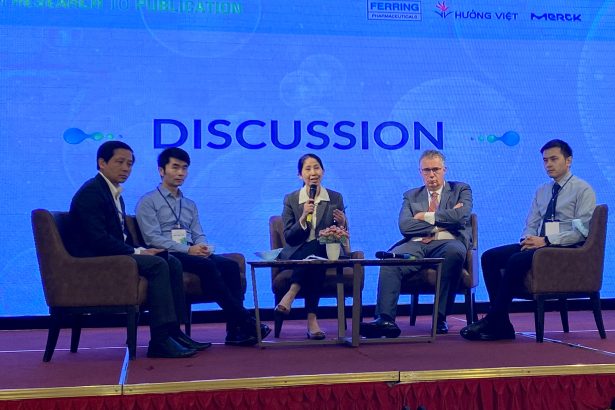Published: June 26, 2024
DOI: https://doi.org/10.1016/S0140-6736(24)00756-6
Vu N A Ho, MD, Toan D Pham, MSc, Nam T Nguyen, MD, Rui Wang, PhD, Robert J Norman, MD, Ben W Mol, MD, Tuong M Ho, MD, Lan N Vuong, MD
Author information
Department of Obstetrics and Gynecology, University of Medicine and Pharmacy at Ho Chi Minh city, Ho Chi Minh city, Vietnam (V N A Ho MD, L N Vuong MD);
IVFMD and HOPE Research Center, My Duc Hospital, Ho Chi Minh city, Vietnam (V N A Ho, T D Pham MSc, N T Nguyen MD, T M Ho MD);
Robinson Research Institute and Adelaide Medical School, University of Adelaide, Adelaide, SA, Australia (R J Norman MD);
Department of Obstetrics and Gynecology, School of Clinical Sciences at Monash Health, Monash University, Melbourne, VIC, Australia (R Wang PhD, B W Mol MD);
Department of Obstetrics and Gynecology, University of Aberdeen, Aberdeen, UK (B W Mol)
Correspondence to: Dr Lan N Vuong, Department of Obstetrics and Gynecology, University of Medicine and Pharmacy at Ho Chi Minh city, Ho Chi Minh city 72714, Vietnam
drlan@yahoo.com.vn
Summary
Background
Use of frozen embryo transfer (FET) in in-vitro fertilisation (IVF) has increased. However, the best endometrial preparation protocol for FET cycles is unclear. We compared natural and modified natural cycle strategies with an artificial cycle strategy for endometrial preparation before FET.
Methods
In this randomised, open-label study, we recruited ovulatory women aged 18–45 years at a hospital in Ho Chi Minh City, Viet Nam, who were randomly allocated (1:1:1) to natural, modified natural, or artificial cycle endometrial preparation using a computer-generated random list and block randomisation. The trial was not masked due to the nature of the study interventions. In natural cycles, no oestrogen, progesterone, or human chorionic gonadotropin (hCG) was used. In modified natural cycles, hCG was used to trigger ovulation. In artificial cycles, oral oestradiol valerate (8 mg/day from day 2–4 of menstruation) and vaginal progesterone (800 mg/day starting when endometrial thickness was ≥7 mm) were used. Embryos were vitrified, and then one or two day-3 embryos or one day-5 embryo were warmed and transferred under ultrasound guidance. If the first FET cycle was cancelled, subsequent cycles were performed with artificial endometrial preparation. The primary endpoint was livebirth after one FET. This trial is registered at ClinicalTrials.gov, NCT04804020.
Findings
Between March 22, 2021, and March 14, 2023, 4779 women were screened and 1428 were randomly assigned (476 to each group). 99 first FET cycles were cancelled in each of the natural and modified cycle groups, versus none in the artificial cycle group. The livebirth rate after one FET was 174 (37%) of 476 in the natural cycle strategy group, 159 (33%) of 476 in the modified natural cycle strategy group, and 162 (34%) of 476 in the artificial cycle strategy group (relative risk 1·07 [95% CI 0·87–1·33] for natural vs artificial cycle strategy, and 0·98 [0·79–1·22] for modified natural vs artificial cycle strategy). Maternal and neonatal outcomes did not differ significantly between groups, as the power to detect small differences was low.
Interpretation
Although the livebirth rate was similar after natural, modified natural, and artificial cycle endometrial preparation strategies in ovulatory women undergoing FET IVF, no definitive conclusions can be made regarding the comparative safety of the three approaches.
Funding
None.


